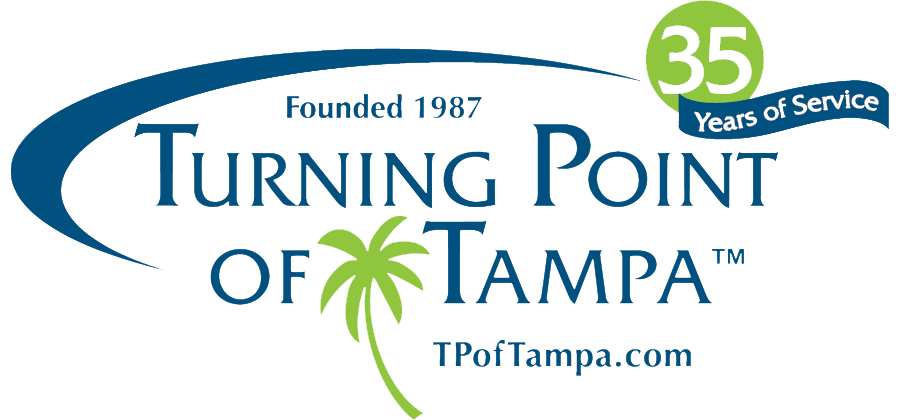AA is an international fellowship open to anyone who wants to quit drinking alcohol. AA meetings provide a safe place where members can share their struggles with alcohol and support one another as they strive to achieve and maintain sobriety. According to AA literature, the organization “is nonprofessional, self-supporting, multiracial, apolitical and available almost everywhere.”
AA operates according to a group of principles known as the Twelve Steps, which address the spiritual, mental and physical dimensions of individuals suffering from alcohol addiction. The twelve steps serve as a recovery blueprint, guiding members as they seek abstinence and long-term recovery from alcohol use. You can find an in-depth look in our recent Turning Points of View piece The History and Efficacy of AA.
The success of AA’s twelve step recovery program is well-documented, which is why, according to a SAMHSA survey, approximately 74% of addiction treatment facilities utilize some form of the twelve step approach in their own treatment programs.
What began with two alcoholics in Akron, Ohio in 1935 has now spread to cities and countries around the world. Today, AA groups can be found in approximately 180 countries. The central tenet of AA—one alcoholic helping another—is still the foundation of all AA programs.
The growth of AA into a worldwide organization
AA started with two men, Bill Wilson (Bill W.), a New York stockbroker, and Dr. Bob Smith (Dr. Bob), an Akron, Ohio surgeon. Both men had struggled with alcoholism and each had found sobriety. A non-secular religious movement, called the Oxford Group, helped Bill W. reach sobriety. He was so impressed by their program that he incorporated many of their principles into the program that became known as Alcoholics Anonymous.
Initially, the spread of AA was slow, growing mainly through word of mouth. When the organization’s “Big Book” was published in 1939, more people learned about the twelve-step recovery program. Soon magazine and newspaper articles helped give AA international exposure. By 1950, worldwide membership was estimated to be about 100,000 people.
The International Committee of the General Service Board is responsible for relaying the message of AA worldwide. Board trustees and other members frequently travel internationally to share their experiences and insights into alcohol recovery. Their mission is to “share experience, strength and hope to…those who still suffer.” They often spread the word through interviews with a country’s local press, radio, and T.V., as well as by visiting treatment centers and other local recovery organizations.
AA World Service Meeting
The Alcoholics Anonymous World Services (AAWS) Board is responsible for producing all AA literature. As AA began to explode worldwide in the 1980s, the organization suddenly needed literature in languages other than English. AAWS ensures that, no matter the language, the message and philosophy of AA shines through. AA literature is now printed in more than 90 languages.
The World Service Meeting was first formed in the late 1960s, as a platform where delegates worldwide could meet to share how AA works in their countries. They meet every two years, either in New York or a host country. There are now also smaller World Service Meetings, where countries from the same region can meet.
Find AA meetings worldwide
Alcoholics Anonymous of Great Britain has published extensive information on local and national AA activities in other countries, including links. The information was gathering after a worldwide conference held in 2013.
The official AA site provides a meeting locator for the U.S. and Canada.
Today, the AA General Services Office estimates there are 125,352 AA groups and 2,130,419 members worldwide. Because AA doesn’t keep membership records, these numbers are an estimate. The Office reports AA activity in about 180 countries.
Turning Point of Tampa’s goal is to always provide a safe environment and a solid foundation in 12-Step recovery, in tandem with quality individual therapy and groups. We have been offering Licensed Residential Treatment for Substance Abuse, Eating Disorders and Dual Diagnosis in Tampa since 1987.

